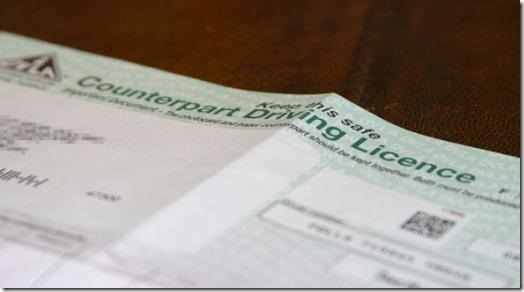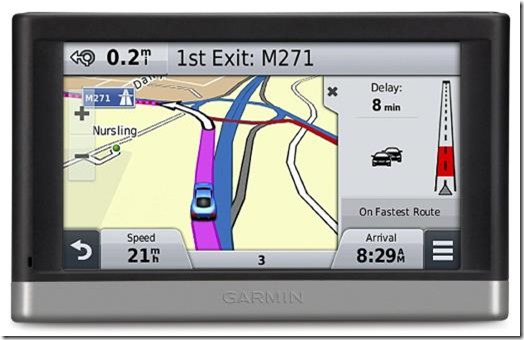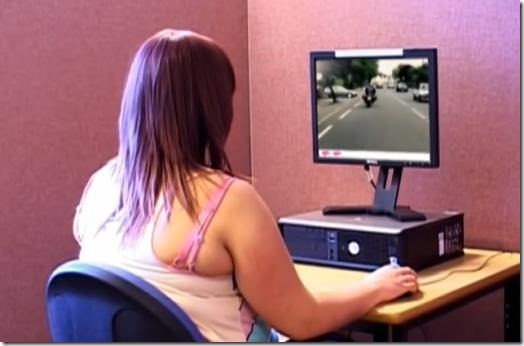This article was written in June, and the “vipers’ comments” I referred to relate to those I read on various forums at that time. However, I notice the subject has cropped up again recently.
This came in via the DVSA email alerts, and it reports that the Hazard Perception Test (HPT) has won the John Smart Road Safety award at this years’ Chartered Institution of Highways and Transportation (CIHT) awards. As you can imagine, this has caused a few of the usual vipers out there to burst out of their holes and start flinging their favoured lines around.
The award was primarily for the study and the effort that went into it – not for the simple process of sitting in front of a computer screen for 90 minutes in order to complete the Theory Test.
For anyone who is interested, a “cohort study” is a complex analytical method used in situations where things aren’t just black or white. For example, the human body is extremely complex, and so are most drugs, and a particular drug might not affect everyone in the same way, or it might have unwanted side effects which only show up in some people. It isn’t simply a case of being able to say “well, he took the drug and it didn’t affect him, therefore the problem isn’t with the drug”. A cohort study can help pin down the cause by looking at groups of people and data which apply to them. Unfortunately, such studies involve statistics, and most ADIs are self-proclaimed anti-experts on this subject – often summed up on web forums when someone posts their favourite mantra that there are “lies, damned lies, and statistics”.
And they wonder why no one – including the DVSA – wants to listen to them!
Learning to drive – and driving safely thereafter – is also a hugely complex issue. It simply cannot be broken down into something as simple as what, for example, happens when you mix two different colours of paint! For that reason, two cohort studies have been carried out – Cohort I covered the period 1988-1998, and Cohort II covered the period 1998-2007. The second study straddled the introduction of the HPT in 2002.
You can read the full findings for yourselves, but key points were:
- The average amount [of lessons with an ADI] was 52 hours, but half of the candidates had less than 40 hours of professional instruction. In Cohort I, the average was 31 hours.
- The total driving experience for [test] passers averaged 67 hours [in Cohort II), compared with 49 hours in Cohort I.
- In the first six months after the practical test, nearly two in ten respondents (19%) reported having an accident and seven in ten respondents (70%) reported having a near accident. As new drivers gained experience, the number of accidents they reported decreased and the severity of accidents increased.
- The introduction of the hazard perception test was associated with some reduction in subsequent accident liability in the first year of driving, depending on the type of accident. For reported nonlow-speed accidents on a public road where the driver accepted some blame, the accident liability of those who had taken the hazard perception test was significantly lower than those who had not.
- The higher the score achieved in the hazard perception test, the lower the accident liability for some types of accidents in the first year of driving.
If you read the bulk of the report, it is explained that following the introduction of HPT, more time was spent by candidates studying for the Theory Test (TT), and there was an increased use of visual materials. This detail alone is completely overlooked by the aforementioned naysayers, and yet it clearly implies that the HPT has made candidates think more about what they are doing. The report then adds:
Multivariate analysis showed that the introduction of the hazard perception test was associated with a reduction in subsequent accident liability for some types of accident in the first year of driving. The size of the effect varies with the type of accident.
The naysayers will be totally lost with this statement, but what it is saying is that there was a distinct statistical reduction in some types of accident following introduction of the HPT. It goes on to explain:
For reported non-low-speed accidents on a public road where the driver accepted some blame, accident liability for the first year of
those who had taken the hazard perception test was significantly lower than that of those who had not. There is also a predictive relation between the hazard perception score and levels of reported accidents in the first year, suggesting that there is scope for reducing accidents by improving hazard perception skills.
When something is “significantly” lower you cannot simply discount it just because you don’t understand it, or because you have some existing prejudice to defend. In conclusion, the report states:
Cohort II also provides the first persuasive evidence of a safety benefit associated with the introduction of hazard perception testing in the driver testing regime. The results suggest that the better people are at identifying hazards in the test, the better they are at avoiding accidents in future.
With that, it is simply stating fact – the evidence is right there – yet it doesn’t make any direct claims because, as already mentioned, the topic is far too complex for that.
I have said before that even in the worst possible case, the HPT would have had a neutral effect, However, it is hard to imagine that it would have had no effect at all – the fact that prior to it, there was nothing except what a pupil learned on lessons, whereas now there is the lessons AND the HPT. Certainly the HPT will not have had a negative effect, or increased accident rates, although I remember some idiot trying to claim this a couple of years ago.
I don’t believe for a second that every positive thing is down to the introduction of HPT. Every pupil is different, and pupils as a whole in 2014 are different to those in 1998, and those in turn were different to those from 1988. However, you’d have to be a completely biased moron to try and dismiss the results as providing no support whatsoever for HPT.
HPT is better than nothing. And the results from Cohort II clearly support this.



